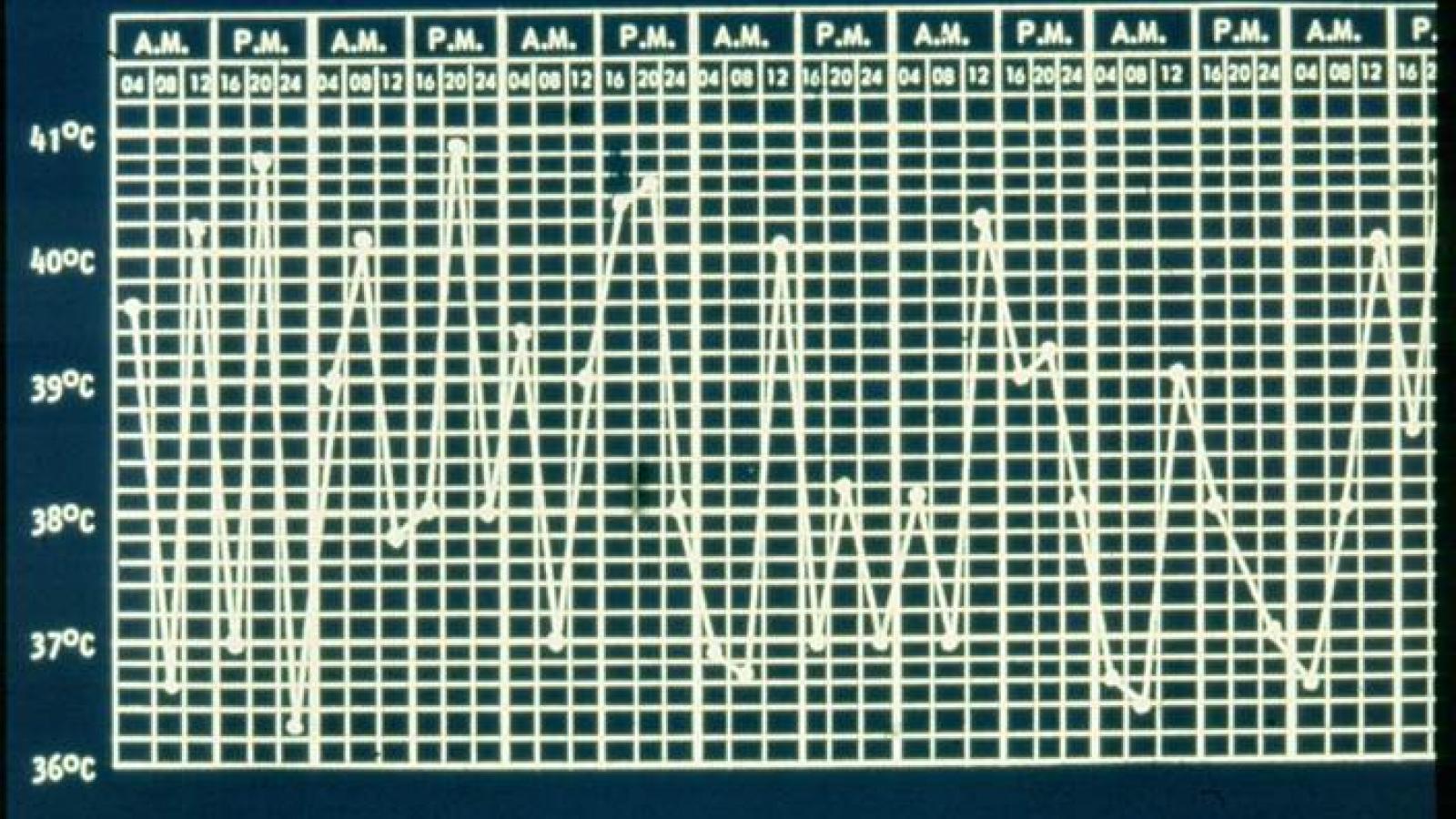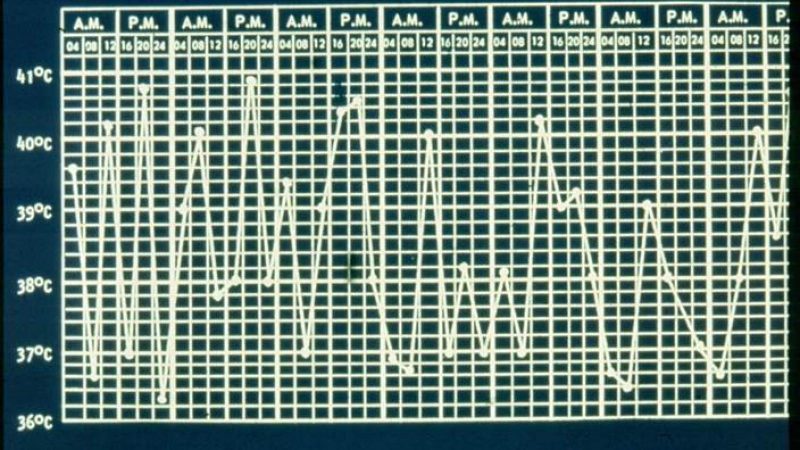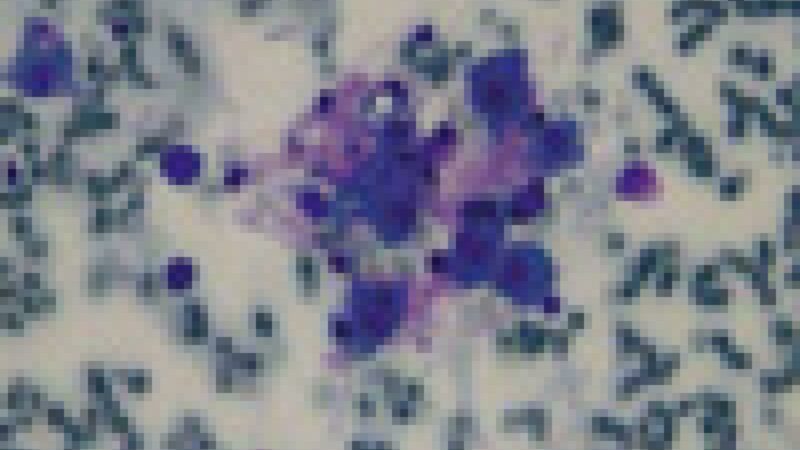Adult-onset Still disease (AOSD) is usually regarded as an autoinflammatory disease, largely because of its symptomatology and responsiveness to IL-1 inhibition. Thus while it is assumed that aberrant NLRP3 inflammasome activity underlies active AOSD, the connection between NLRP3 AOSD has yet to be solidfied.
Hseih et al have studied mRNA expression of NLRP3 inflammasome signaling using quantitative-PCR (qPCR) on peripheral blood mononuclear cells (PBMC) from 34 patients with AOSD and 14 healthy subjects. These results were either augmented with a NLRP3 activator [imiquimod (IMQ)] or inhibitor.
AOSD patients demonstrated significantly higher mRNA levels of NLRP3 signaling compared with controls. Moreover, NLRP3 expression was positively correlated with AOSD disease activity
IMQ (a TLR7 ligand and activator) stimulated higher expression of NLRP3, caspase-1 and IL-18. These were decreased after treatment with NLRP3 inhibitor in patients with AOSD.
Increased expression of NLRP3 inflammasome and its correlation with disease activity in AOSD suggest its involvement in disease pathogenesis of AOSD. Currently the inducers of NLRP3 activity in AOSD are unknown and would make for an ideal treatment target in the future.
Related Content
-
August 20, 2020
You can reduce - but not stop - canakinumab therapy in patients who…
-
February 25, 2016
Systemic juvenile idiopathic arthritis (SoJIA) is one of the most common underlying etiologies…
-
March 12, 2020
An Italian study examined the outcomes in adult onset Still's disease (AOSD) based…
-
November 26, 2019
A disease you’ve never heard of is becoming increasingly common and carries a…
-
August 8, 2019
A single-center cohort analysis shows that lung disease (LD) is increasingly seen in…
-
January 1, 1970
Still's disease is an autoinflammatory disease characterized by spiking fever, rash, polyarthralgia, sore…








